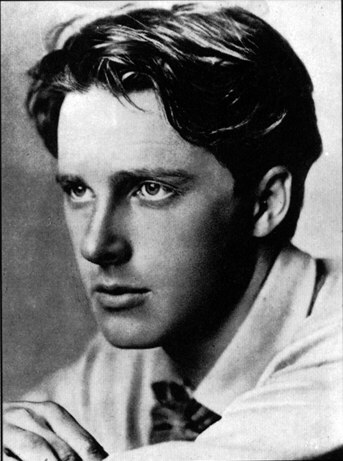Today November 25 is the 511th birth anniversary of Yi Hwang (1501–1570), one of the two most prominent Korean Confucian scholars of the Joseon Dynasty.
His surname is written in Hanja or Chinese character as 李, which is also pronounced in Korean or Chinese as Lee. He had authored many Confucian books.
His surname is written in Hanja or Chinese character as 李, which is also pronounced in Korean or Chinese as Lee. He had authored many Confucian books.
My comments:
One of the reasons the Korean people are outstanding and Korea is a great nation is due to their traditional Confucian values. I believe this is almost equivalent to the Protestant ethic of countries in the West before, like Germany, Britain and the United States of America but sadly this Protestant ethic has eroded in many Western societies nowadays?

A key figure of the Neo-Confucian literati, he set up the Yeongnam School and founded the Dosan Seowon as a private Confucian academy.
Yi Hwang in Hanja or Chinese chracters is written as 李滉, he is often referred to by his pen name Toegye which is written in Hanja or Chinese characters as 退溪 (meaning "Retreating Creek"). His courtesy name was Gyeongho which is written in Hanja or Chinese characters as景浩 .


Toegyero, a street in central part of the South Korean capital city Seoul, is named after him.
His image is on the South Korean currency in the 1,000 won note.
The Taekwondo pattern Toi-Gye was named in honor of Yi Hwang.
There are numerous institutes and university research departments devoted to Yi Hwang in Korea and also in foreign countries, sych as the Toegye Studies Institute set up in Seoul in 1970, Kyungpook National University's Toegye Institute opened in 1979, and also an institute and library in Dankook University in 1986.
He followed the dualistic Neo-Confucianism teachings of Chu Hsi, which views i (Chinese “li”) and gi (Chines “qi”) as the forces of foundation of the universe

His image is on the South Korean currency in the 1,000 won note.
The Taekwondo pattern Toi-Gye was named in honor of Yi Hwang.
There are numerous institutes and university research departments devoted to Yi Hwang in Korea and also in foreign countries, sych as the Toegye Studies Institute set up in Seoul in 1970, Kyungpook National University's Toegye Institute opened in 1979, and also an institute and library in Dankook University in 1986.
He followed the dualistic Neo-Confucianism teachings of Chu Hsi, which views i (Chinese “li”) and gi (Chines “qi”) as the forces of foundation of the universe









